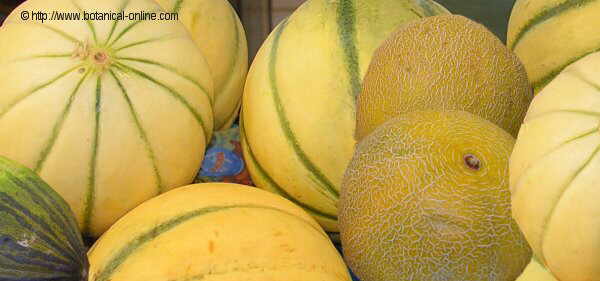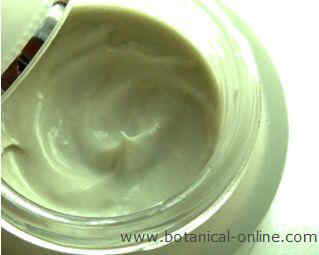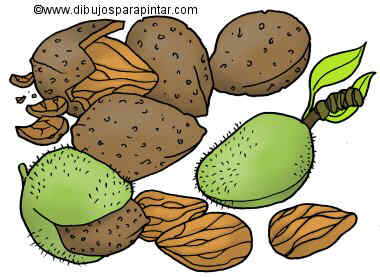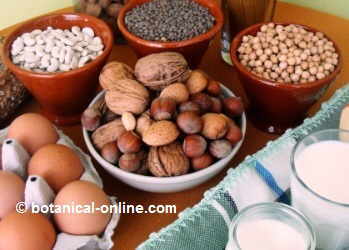Contents
- 1 Benefits of rosemary and thyme infusion and how to prepare it
- 1.1 What is the infusion of rosemary and thyme for?
- 1.2 Benefits of rosemary and thyme infusion
- 1.3 Ingredients of the rosemary and thyme infusion
- 1.4 Preparation of rosemary infusion
- 1.5 Rosemary and thyme infusion recipe
- 1.6 What are the advantages of using these flowering plants?
- 1.7 Why is it important to cover the infusion?
Benefits of rosemary and thyme infusion and how to prepare it
What is the infusion of rosemary and thyme for?
Rosemary (Rosmarinus officinalis) and thyme (Thymus vulgaris) are two very typical plants of the Mediterranean region, where they are abundantly used in the kitchen as aromatic herbs (They provide nutritional and medicinal value).
In addition, these two herbs are also considered medicinal, being one of the most appreciated in phytotherapy. They are used in the preparation of numerous home remedies, mainly in the form of an infusion. Among its properties, the following can be highlighted:
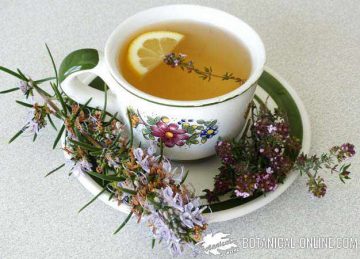
- Both rosemary and thyme are plants of the Lamiaceae (Labiatae) family, which are characterized by their enormous wealth of essential oils (such as thymol from thyme).
- Rosemary is a highly appreciated medicinal plant for its digestive tonic properties, especially for the functioning of the liver. It also has powerful antibiotic, anti-inflammatory and antioxidant properties.
- Thyme is a highly valued plant in phytotherapy, especially for its properties as a natural antiseptic and antibiotic. It is recommended for all types of infections (oral, respiratory, intestinal or genitourinary).
Benefits of rosemary and thyme infusion
- Aromatic and pleasant infusion: It can be drunk by anyone as an aromatic and healthy drink. One should only be more careful with children, who require lower doses of the plant (more information).
- Excellent for infections: This infusion is ideal for colds, bronchitis, cough, indigestion, flatulence, urine infections, candidiasis, diarrhea, constipation, cystitis, nephritis, etc. and in any infectious process. (In genitourinary infections it could be recommended in sitz baths).
- After meals, as a digestive: Due to its tonic properties of the digestive organs, it is a great digestive infusion that helps prevent the appearance of symptoms of poor digestion such as abdominal swelling, flatulence, heartburn, etc.
- Liver repair tonic, for example, in liver cleansing diets: Rosemary is one of the plants with the highest content of ursolic acid, a powerful hepatoprotector.
- Against bad breath, because of its aromatic properties that make it a powerful antiseptic.
- For menstrual pain, for its anti-inflammatory properties.
Ingredients of the rosemary and thyme infusion
The rosemary and thyme infusion can be prepared simply with 1 teaspoon or sprig of dried rosemary and thyme leaves and flowers per pint of water. Optionally, you can add a few slices of lemon, a few leaves of lemon balm, anise or stevia, to improve its flavor or complement its properties.
Preparation of rosemary infusion
The infusion method consists of heating the water to the boil, and when it begins to boil, turn off the heat, add the herbs and cover. The infusion method allows many principles to be extracted from plants.
Rosemary and thyme infusion recipe
How to prepare rosemary and thyme infusion step by step:
- Boil half a liter of water.
- When it breaks the boil, turn off the fire.
- Quickly add 1 tablespoon of rosemary and another of dried thyme and cover.
- Keep the infusion covered and resting for 5 minutes.
- Uncover, strain, let cool slightly and drink.
- Optional: sweeten with cinnamon, squeezed lemon or raw honey.
It is generally recommended to drink 3 glasses of this infusion per day.
* More information: How to make rosemary infusion and properties
What are the advantages of using these flowering plants?
Rosemary and thyme are medicinal both with flower and if only the leaves are used. Rosemary and thyme are medicinal, both with flower and if only the leaves are used. However, in the flowers of these plants there are more active ingredients (carnosolic acid, rosmarinic acid, ursolic acid and carnosol).
Therefore, whenever possible, it is recommended to use rosemary and flowering thyme for the preparation of infusions or other home remedies and preparations.
Why is it important to cover the infusion?
Readers may have already noticed that shiny specks appear on the surface of infusions. These are droplets of essential oils that are released by the infused plants. The advice to cover the infusion to let it rest is an important detail because, if the infusions are not covered, the volatile oils evaporate and they have fewer active ingredients.
*See:
Benefits of rosemary and ginger infusion
How to make thyme infusion and properties
Is it bad to mix medicinal plants in infusions?
Thyme and ginger infusion properties
![]() More information on rosemary
More information on rosemary

